Top 10 FAQS about Winding a Watch
Contents
What watches need winding?
How to wind a watch?
How often should I wind my watch?
Is it harmful to manually wind an automatic watch?
What is a watch winder?
Is it necessary for me to buy a watch winder?
Will using a watch winder damage my watch?
How do I choose a watch winder?
Why does the watch winder I bought not work?
Why watch winders are so expensive?
A watch can move because there is clockwork inside the movement. Usually, the barrel is made of metal and is in the form of a long thin piece that is wrapped around the shaft of the watch bar. If you want your watch to work properly, you need to save energy for the clockwork. In this article, we will introduce the 10 most common questions about watch winding.
What watches need winding?
All mechanical watches are powered by a tightly wound spring inside the watch. This spring is called the mainspring. All mechanical watches need to be wound to work properly. The mainspring is a tightly wound spring inside the watch that holds a certain amount of tension, similar to a tape measure. This tension is gradually released through a series of gears, parts, and screws. As the tension is released, this release generates energy and transfers it to other mechanical components. These components are called the gear train and escapement, and they power the watch and keep everything running. The rotor keeps the mainspring tightly wound to allow a steady flow of energy in the movement.
Watches can be divided into two types according to the way they are wound, a manual winding watch and an automatic winding watch. The difference between the two is that an automatic watch allows you to use a mechanical watch without having to wind it every day by using the force generated by the owner's wrist, body, and other movements to automatically save energy for the winding inside. Unlike self-winding watches, manual winding watches can only be wound by the owner by turning the handle and driving the middle gear to save energy for the winding, so you need to wind the watch manually.
Except for a small number of specially designed automatic watches that cannot be wound manually, most automatic watches can be wound both manually and automatically.
How to wind a watch?
1. How to wind a manual watch?
To wind a manual mechanical watch, turn the crown clockwise until you feel the resistance. There is no standard answer to this question because the design of each watch is different and it is not easy to control the extent of finger rotation. Do not turn the crown too fast until you feel resistance. Do not turn the crown too fast, be conservative, and do not continue to turn it once you feel resistance. If you continue winding beyond the resistance, you may damage the watch.
If there is no power reserve display, and you can't be sure if the watch is fully wound by your hand, you should stop when the winding is tightening and the resistance is increasing to avoid damage to the internal parts caused by over-winding. Especially in the early days, the clockwork of a watch was made of high-carbon steel, which is prone to break if not used properly. Today's winders are made of tougher stainless steel or cobalt-based alloys, but there is still a risk of breakage from over-winding and damage to the parts inside the movement.
Watches only need to be fully wound once a day and can be wound at the same time each day for more accurate timekeeping.
2. How to wind an automatic watch?
Automatic watches require only that the watch be worn to keep the movement running. The oscillation of the wrist automatically winds the winding mechanism, providing a power reserve of approximately one day for eight hours of wear. If the automatic watch is not worn frequently, it is recommended to use a watch winder suitable for the watch to keep it running for a long time, to avoid excessively frequent function adjustments.
Automatic watches are wound similarly to manual watches in that you need to pull out the crown to expose the stem. By unthreading the crown by rotating it towards you. Once it is unthreaded, begin twisting the crown back and forth. This will wind the automatic movement.
Finally, one more point to add. Whether it is an automatic watch or a manual watch. If you don't wear it for a long time, make sure you wind it at least once a month. This will slow down the deterioration of the oil and lubricants, thus increasing the life of the watch and saving maintenance costs.
Find out more about wind a Rolex watch.
Find out more about wind a Breitling watch.
How often should I wind my watch?
If you wear a manual winding watch every day, it depends on the performance of the watch. When it is fully wound, it can reach more than 30 hours, and some models have a power reserve that can last for a week of operation. Manual winding watches are recommended to be wound every day, usually before going to bed and at noon. Winding before going to bed is to maintain a sufficient amount of winding for a long period at rest to ensure stable and accurate timekeeping; winding at noon is also to replenish the winding of the watch to prevent the movement from running erratically.
If you wear an automatic mechanical watch every day, you don't need to wind it up as long as you wear it every day and for about 8 hours. As soon as you move your arm, the automatic winding structure of the watch will start to accumulate winding. If it is not worn, the watch will stop after 30-40 hours, which is the power reserve of the mechanical watch. The best thing about automatic mechanical watches is that they are wound once every two weeks, to ensure that the gears of the watch run normally and thus keep the oil evenly distributed on the movement parts, and not let the oil inside the watch condense.
Is it harmful to manually wind an automatic watch?
The movement structure of the automatic watch and the manual watch is different, not only because there is an extra automatic rotor, but also because the structure of the mainspring is different. Common automatic watch springs are welded together by two mainsprings, which are divided into a mainspring and a secondary spring. The mainspring is used to store energy, and the secondary is used to hold the mainspring in place. When too much energy is stored in the mainspring, it transfers energy to the secondary spring, which then contracts and slides against the inner wall of the barrel, which in turn drives the mainspring to release the excess energy.
Therefore, the barrel of an automatic watch is designed in such a way that it cannot break due to excessive winding force, and there is an overload protection device inside to keep it wound. However, this does not mean that the winding and mainspring parts of the automatic watch will not be damaged. If the wind speed is accelerated by vigorously waving the watch, the mainspring, gears, and axle center are accelerated to wear and even break.
After the automatic watch is stopped, if you want to continue to wear it, it is recommended to restore the watch by manual winding first, and then rely on automatic winding to replenish energy and maintain the best state of the clockwork.
What is a watch winder?
A watch winder usually refers to a watch box equipped with a motor, which is used for the automatic winding of high-end mechanical watches. Automatic mechanical watches, as long as you wear them on your hand, will automatically wind up as the human body moves, but if you take off the watch (such as resting at night, or wearing multiple watches) after a while, the automatic mechanical watch will lose power and stop swinging. However, if it is put into a watch winder, it can obtain power and swing.
Is it necessary for me to buy a watch winder?
There are two main functions of the watch winder.
The first point is used to simulate the wearing of the human body. In real life, the power reserve time of some watches is short, within 48 hours. If you take off your watch on Friday after work and wear it on your hand again on the following Monday, you need to adjust the time. Many watch enthusiasts find such an operation very troublesome and buy a watch winder.
The second point is to adapt to some special watches, such as those with perpetual calendar functions. Common perpetual calendar watches can't adjust the date and other displays of the watch back and forth quickly at will, and once the movement stops, the secondary adjustment is not only troublesome but also easily damaged. Therefore, a watch winder is needed to simulate the human body wearing it, so that it can continuously wind up to replenish energy and support the normal operation of the movement.
If you have the above needs, we suggest you use a watch winder.
Will using a watch winder damage my watch?
Using a watch winder to wind a watch is not harmful to the watch. Automatic mechanical watches rely on the wearer's hand movement to generate power to wind their barrels and will stop if not worn often. Long-term stopping will not only cause serious damage to the watch movement but also shorten its service life. A watch winder simulates a process we use to wear a watch, and it is gentler and more regular than when it is worn. If you have more than one watch or wish to keep your watch running continuously, a watch winder is recommended.
How do I choose a watch winder?
First, you need to consider how many watch slots you need. If you have 1-2 watches, a single watch winder will be sufficient. If you have more than one watch, you will need to purchase a multi-watch winder as needed. If it is your first time buying a watch winder, I suggest you buy a single watch winder first to try it out.
Secondly, and most importantly, you need to pick the watch winder that matches your watch setup. Among them, TPD and rotation direction are the most important.
Then, watch winders are available in different materials, the leather casing is more common, and there are also bamboo, wood, and so on in various materials.
Finally, there are some detailed aspects such as if you need to carry it around with you then you may need a battery-powered watch winder.
Why does the watch winder I bought not work?
There are various watch winders on the market with different quality, so we recommend you to choose a watch winder with a good reputation. Why do some people buy a watch winder but their watches still can't show the time accurately? It may be because you don't set the winding direction and TPD suitable for your watch. If your watch is one-way winding, you need to know whether the automatic tourbillon is clockwise or counterclockwise winding. If you set the wrong rotation direction, it will cause the problem that the watch can't be wound without power. If your watch is bidirectional, you can use the method of switching the watch between left and right shaking. The exact setting will depend on your watch.
Why watch winders are so expensive?
Just like anything else, more dollars will usually buy a better-built product.
The winders must be good quality, quiet, durable enough to last for years, stylish, and technically correct so they don't damage the watches placed on them. And a watch winder is not only a beautiful storage box, but it is also a valuable piece to extend the life of your watch. You can take a look at JQUEEN watch winders, which also have some good quality and inexpensive winders, they may be just what you are looking for.
Thanks for your reading. If you want to know more about watches and watch winders, you could browse our blog, where there is a variety of information for you. If you want to see more models of watch winders, you can take a look at JQUEEN, we provide a full range of services for you.


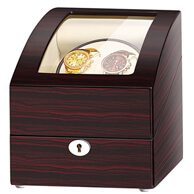

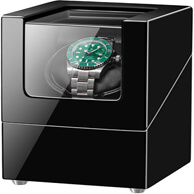
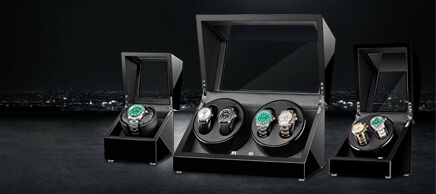
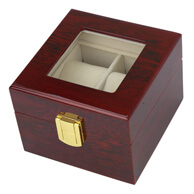
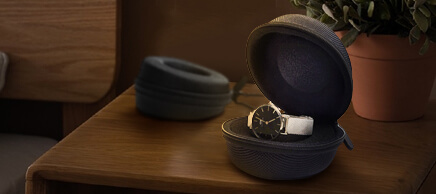
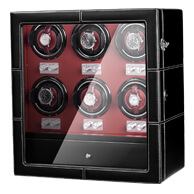


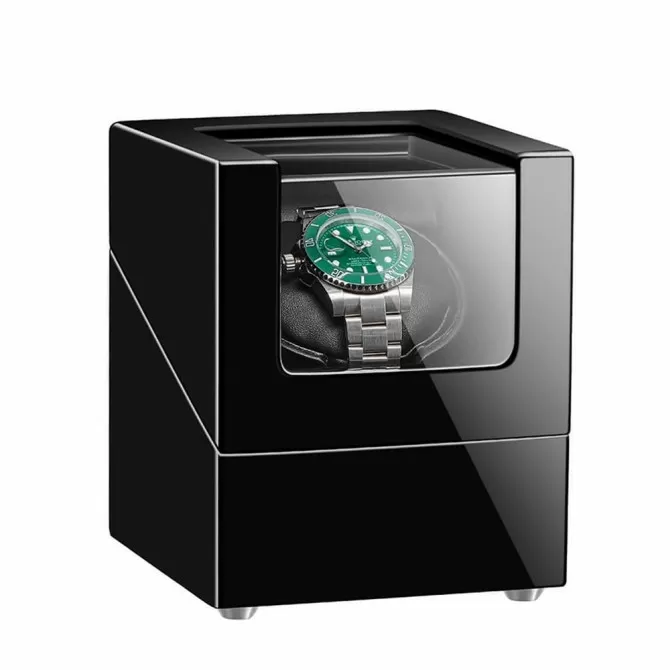

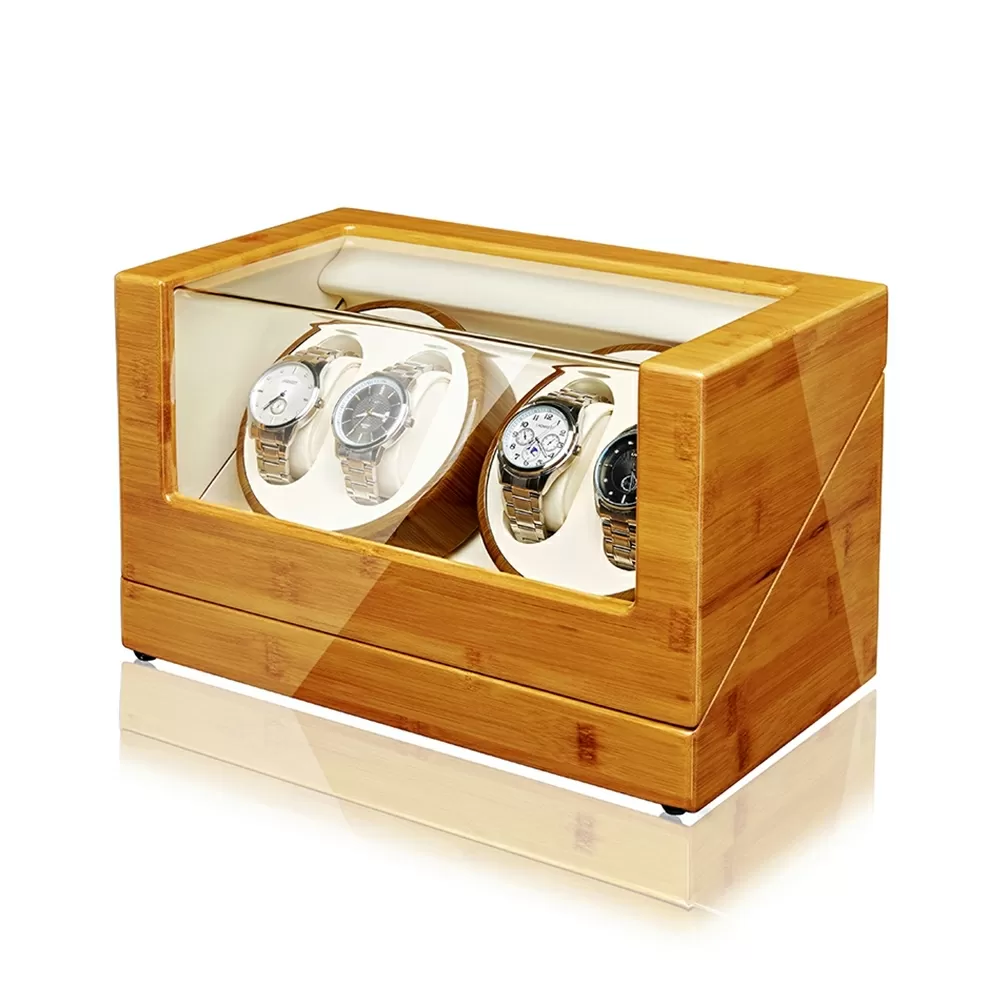
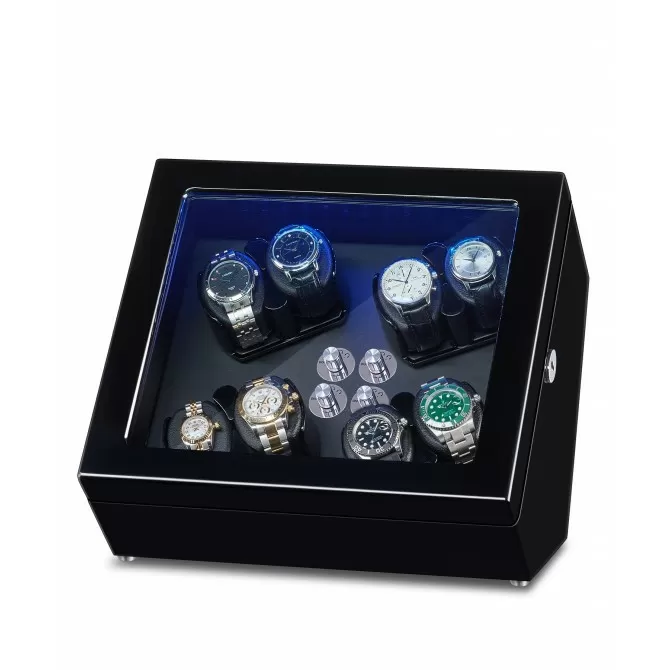

Congratulations, you have completed Facebook authorization.
To finish the login process, please provide email address.